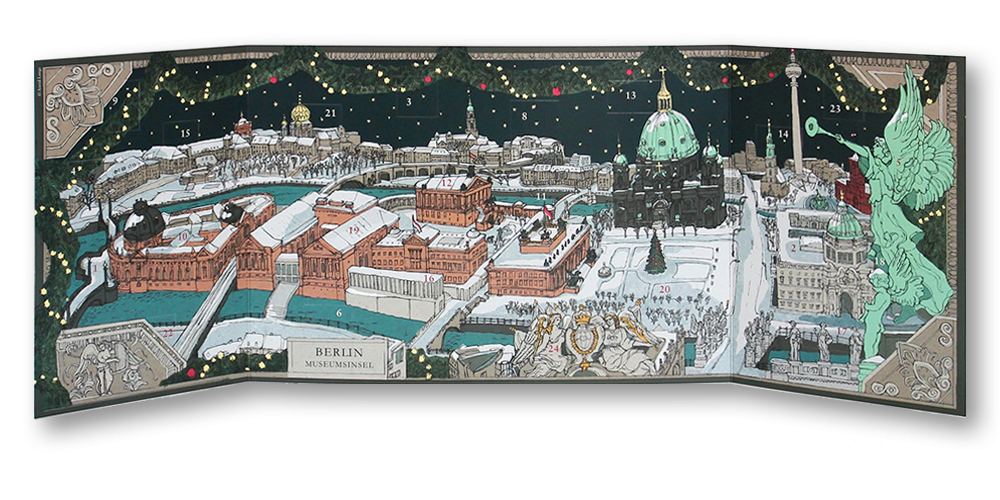 Vom 1. Dezember 2024 bis zum Heiligen Abend öffnet sich auf dieser Seite jeden Tag ein Türchen und spaziert mit Ihnen durch die Mitte Berlins mit Museumsinsel, zum Humboldtforum und zu anderen spannenden Orten.
Vom 1. Dezember 2024 bis zum Heiligen Abend öffnet sich auf dieser Seite jeden Tag ein Türchen und spaziert mit Ihnen durch die Mitte Berlins mit Museumsinsel, zum Humboldtforum und zu anderen spannenden Orten.
Diesen und weitere Adventskalender finden Sie im Onlineshop
stadt-adventskalender.com und ab Oktober in vielen Buchhandlungen und Museen von Berlin.
Möchten Sie mehr zu den Kalendern erfahren? Dann lesen Sie hier.
Ich freue mich aber auch über eine Mail an info@stadt-adventskalender.de